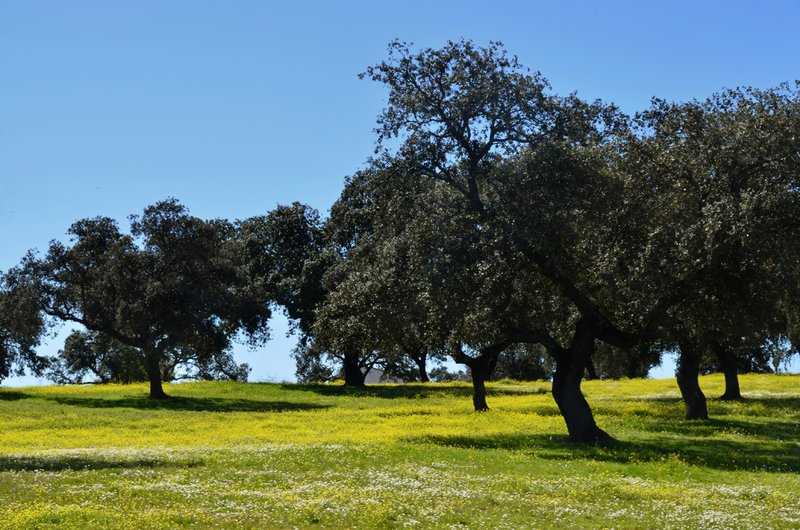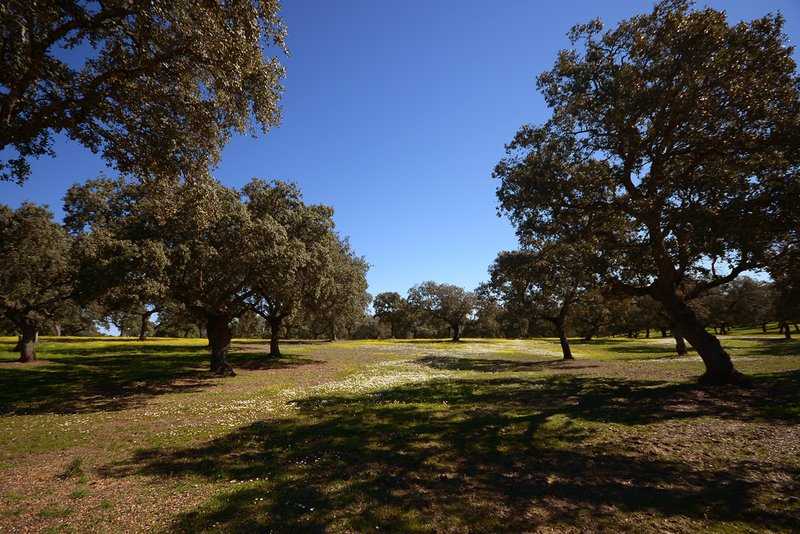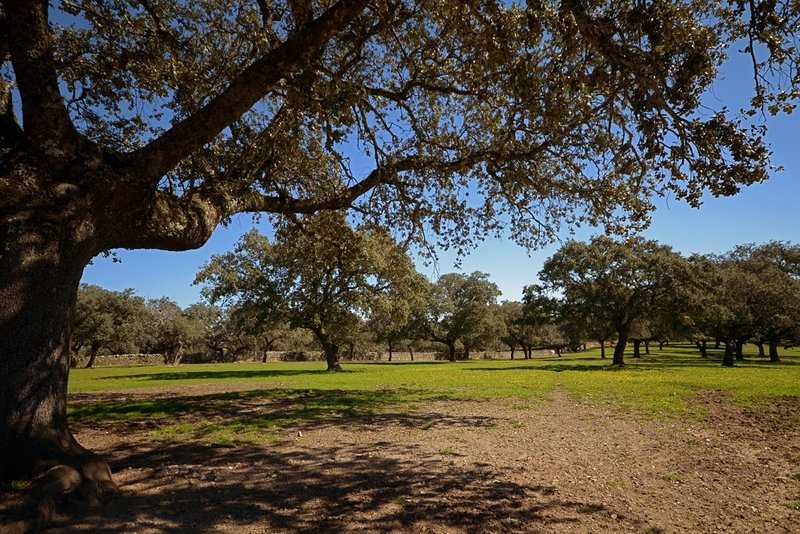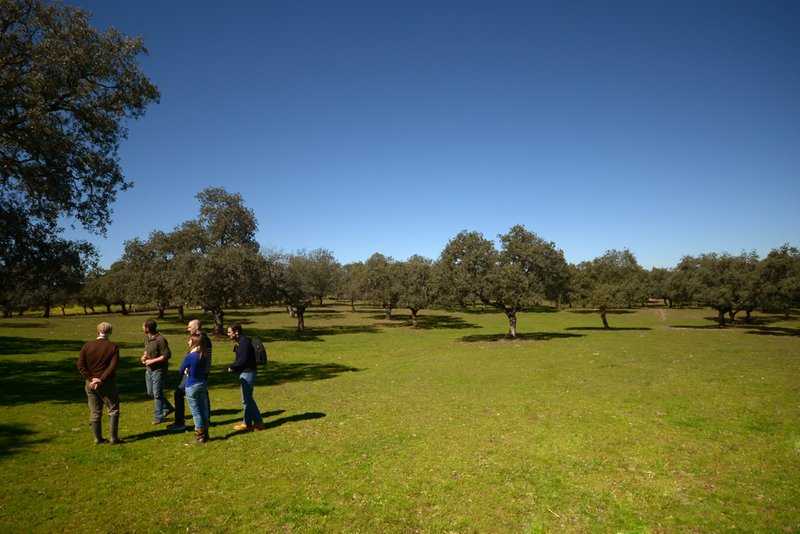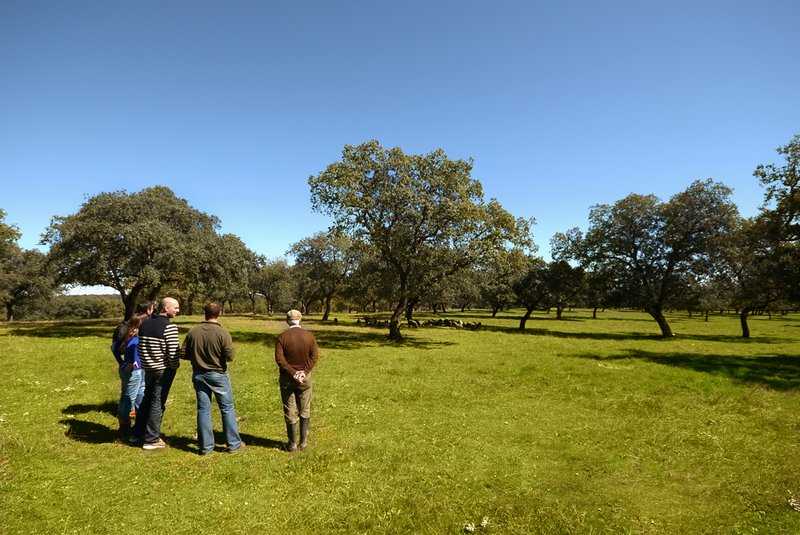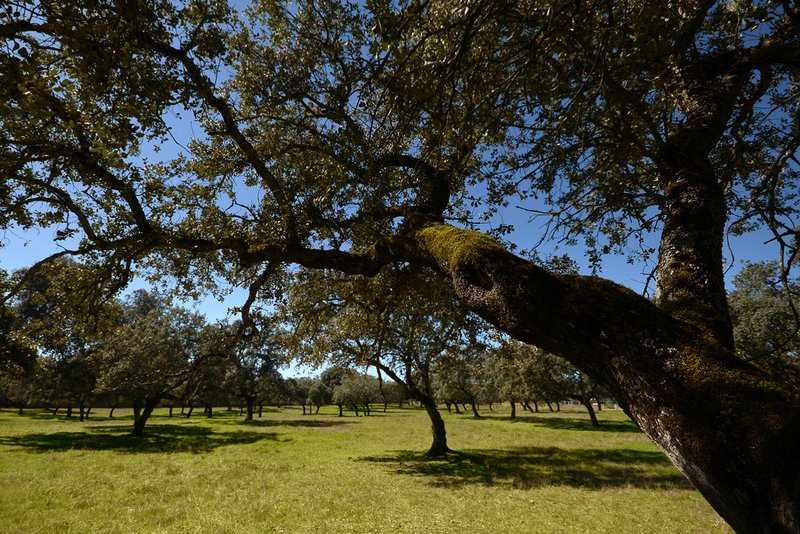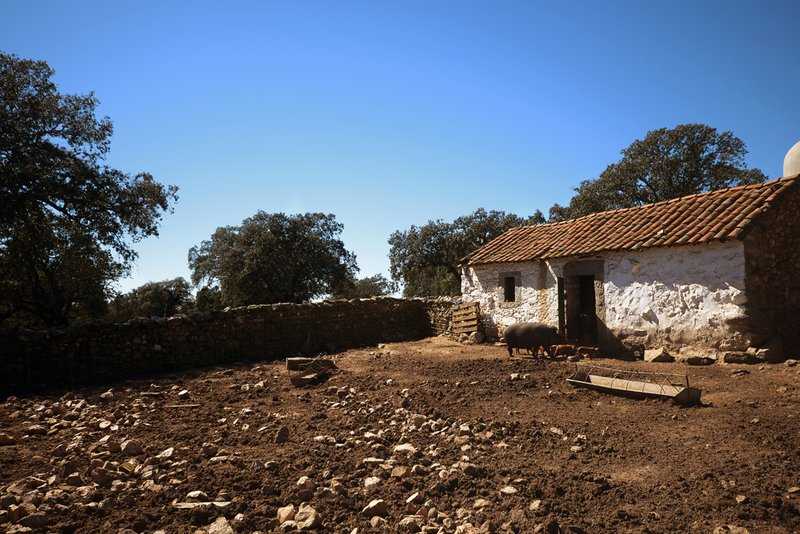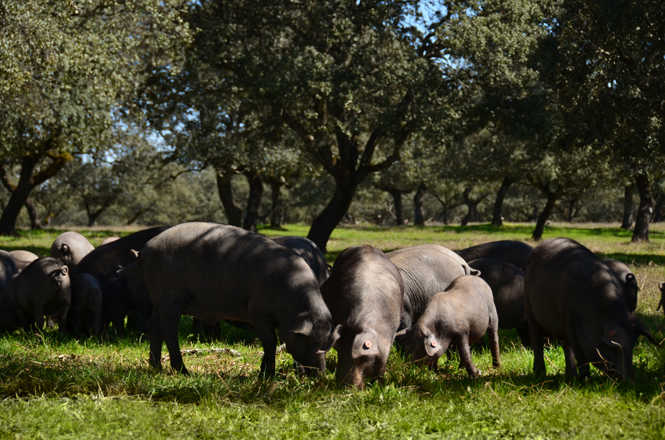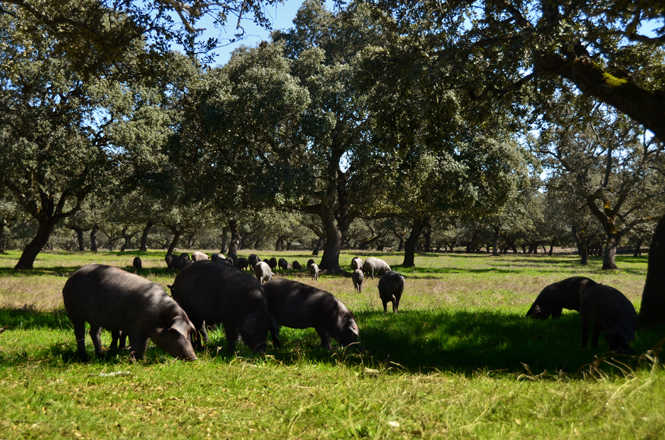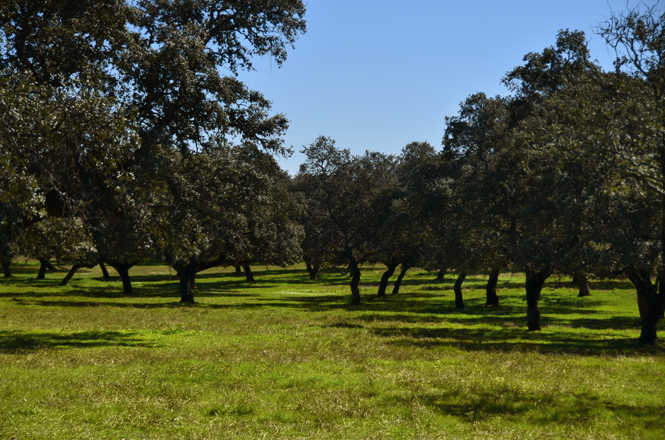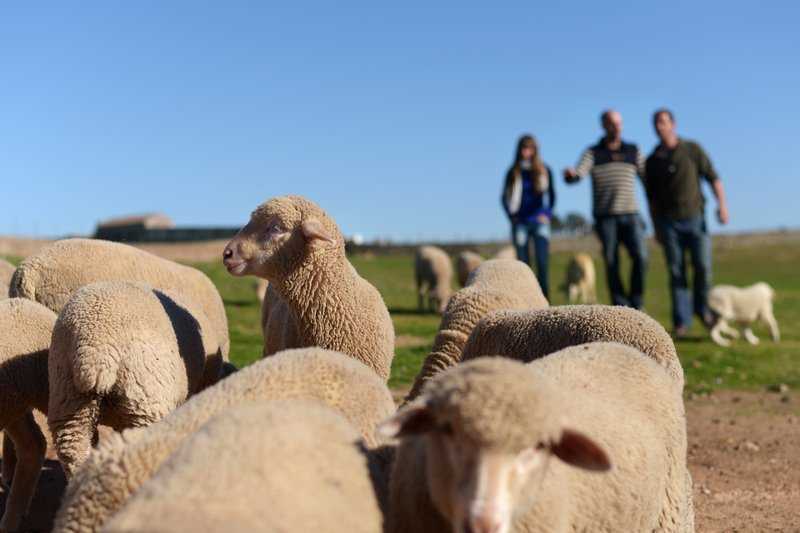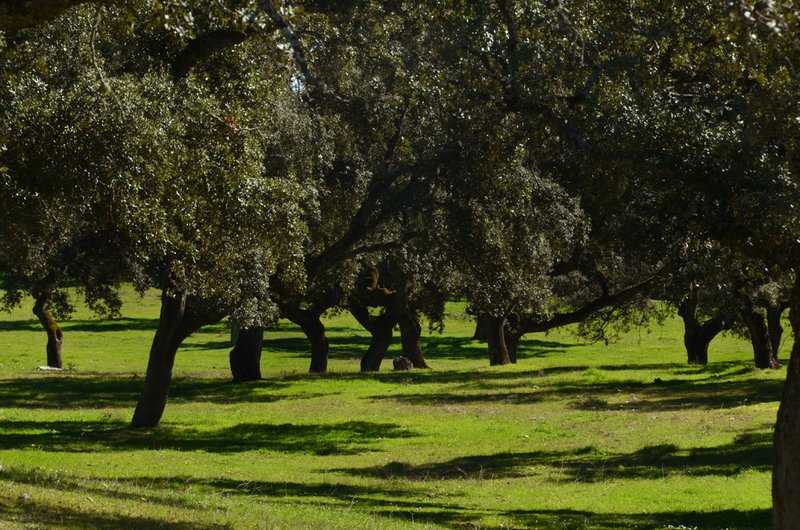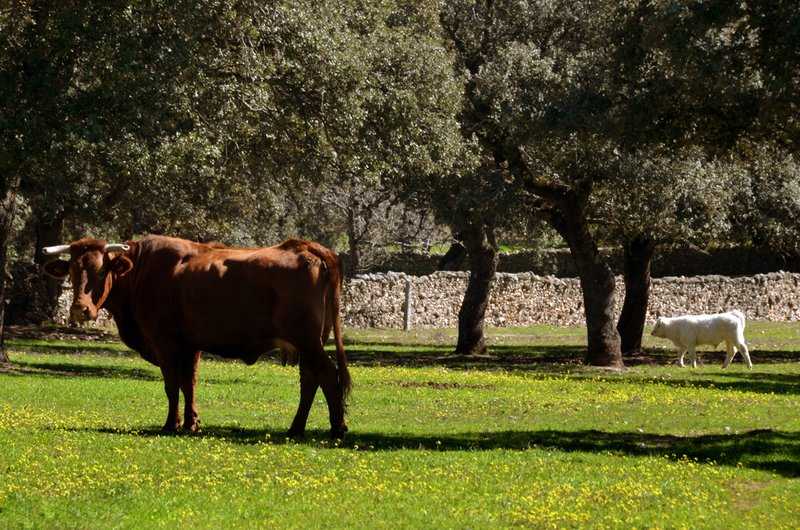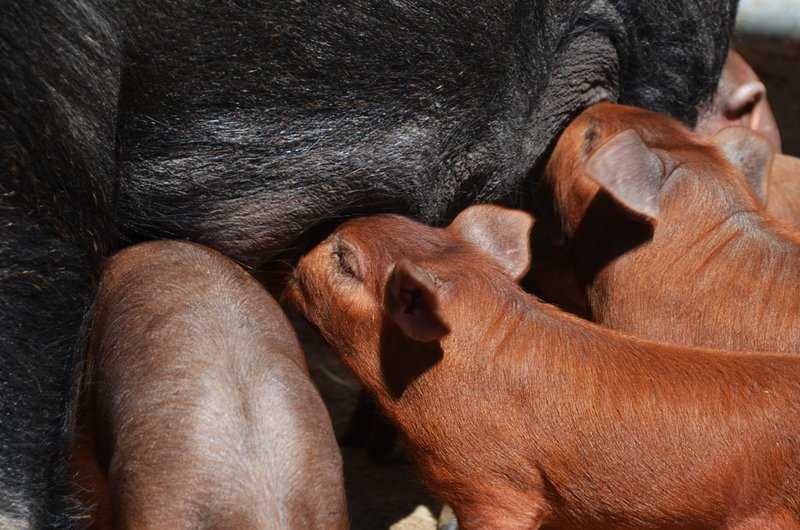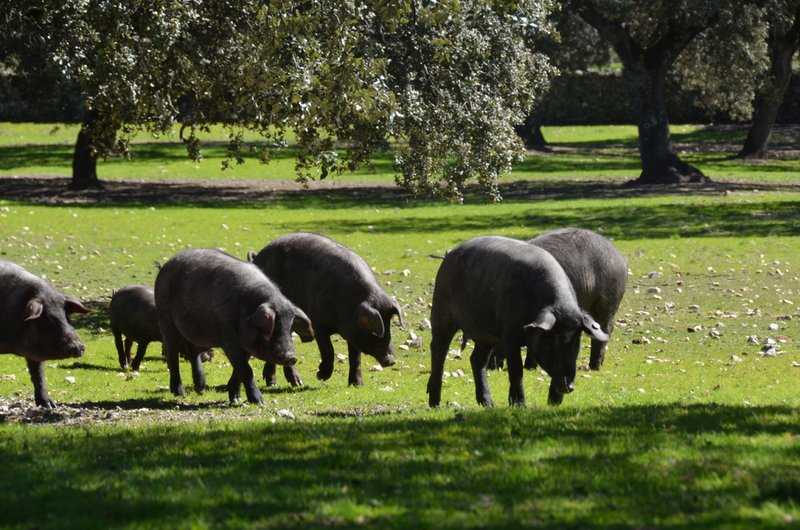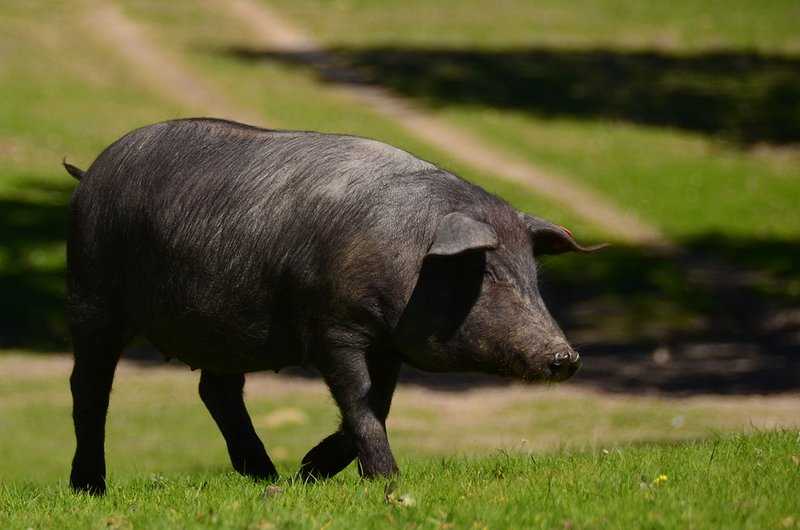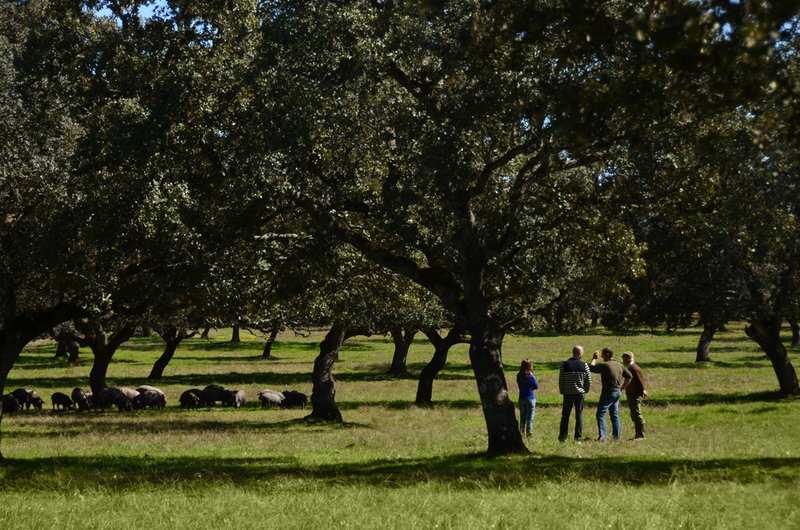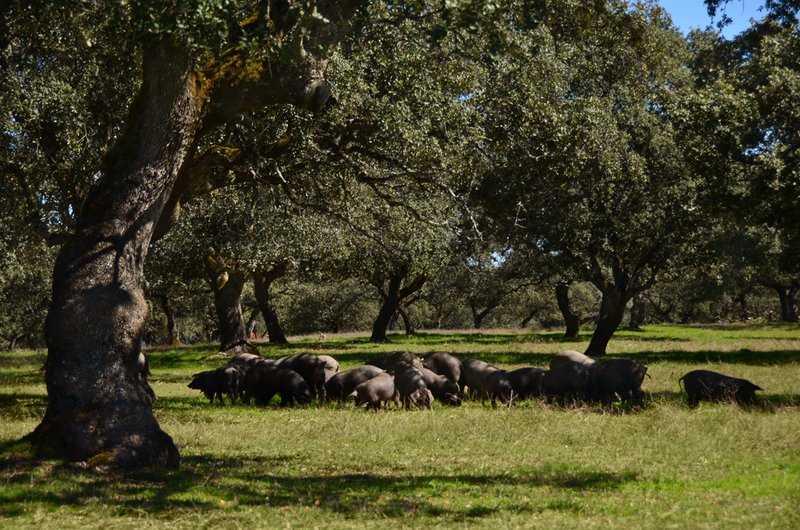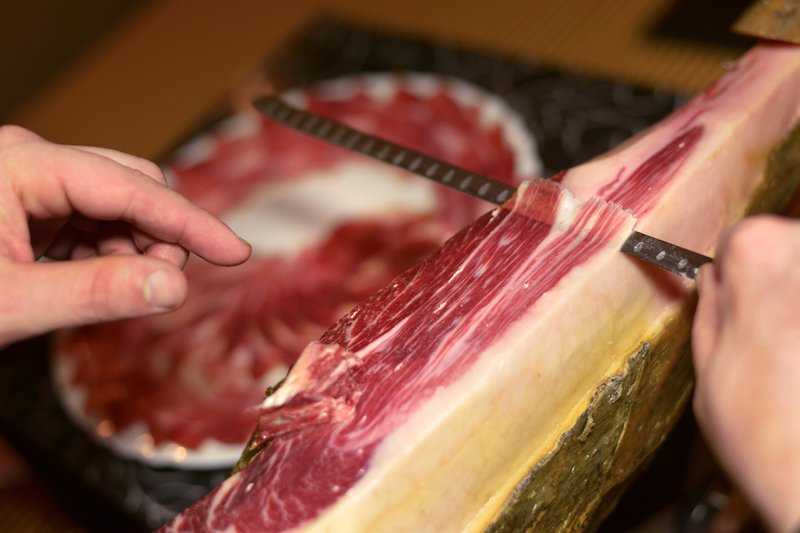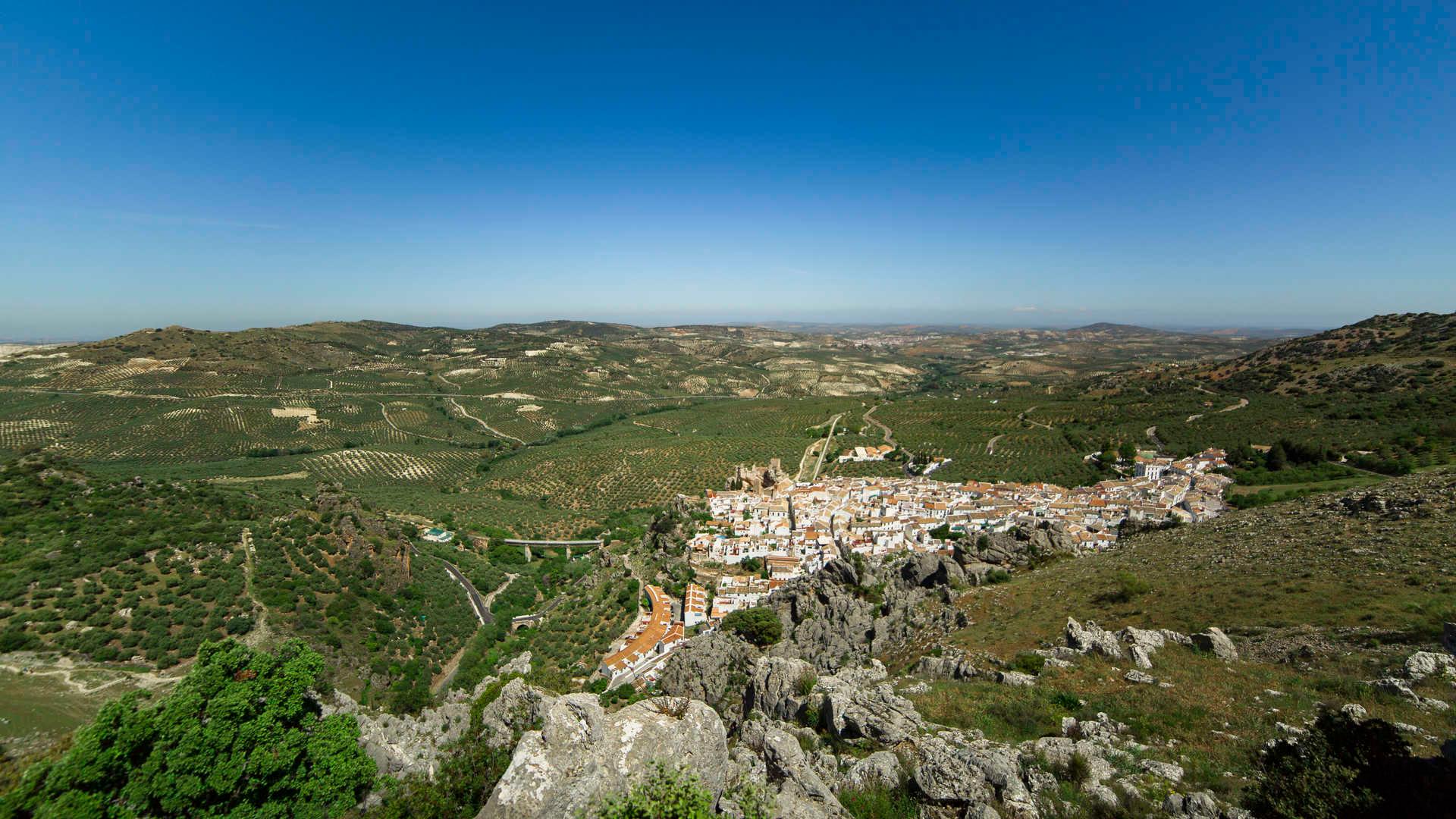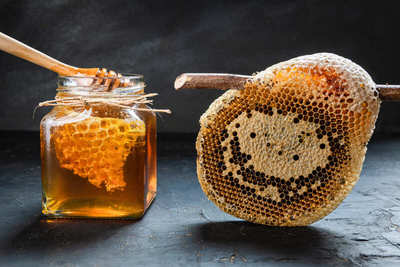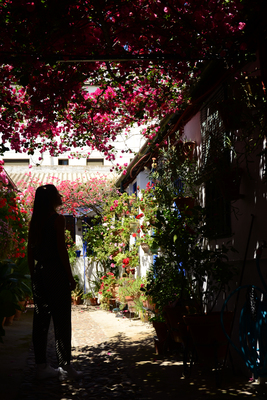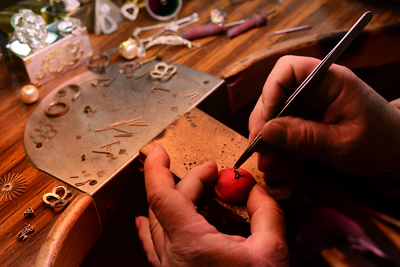The best ham in the world has an Andalusian surname
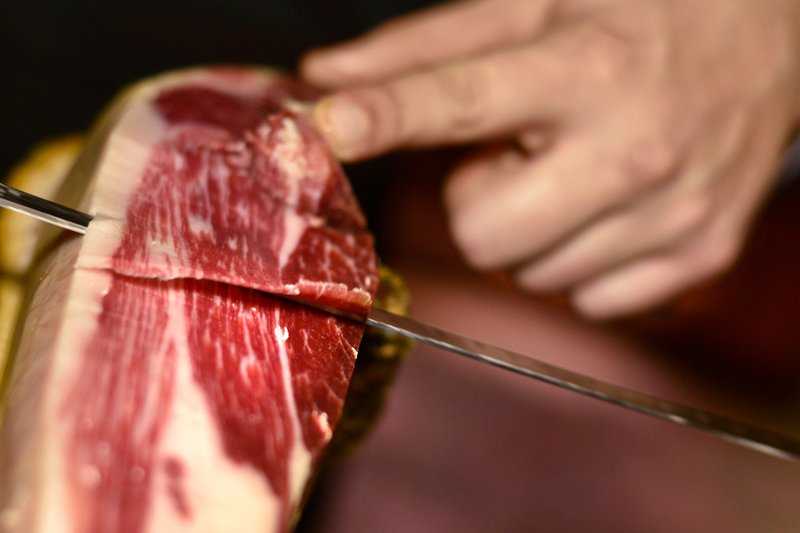
Come with us and accompany us in this article to discover the home of the best ham in the world, from the Pedroches Valley, through its meadows, dryers and a spectacular demonstration of ham slici
There are many tourists who come to Spain solely for gastronomic tourism throughout the country. Our gastronomy boasts to be one of the most varied, tastiest and healthiest in the world. And there's a good reason for that. Our Mediterranean diet marks a before and after for everyone who tries it, and if we add a good acorn-fed ham, we doubt that there is anyone who can resist it.
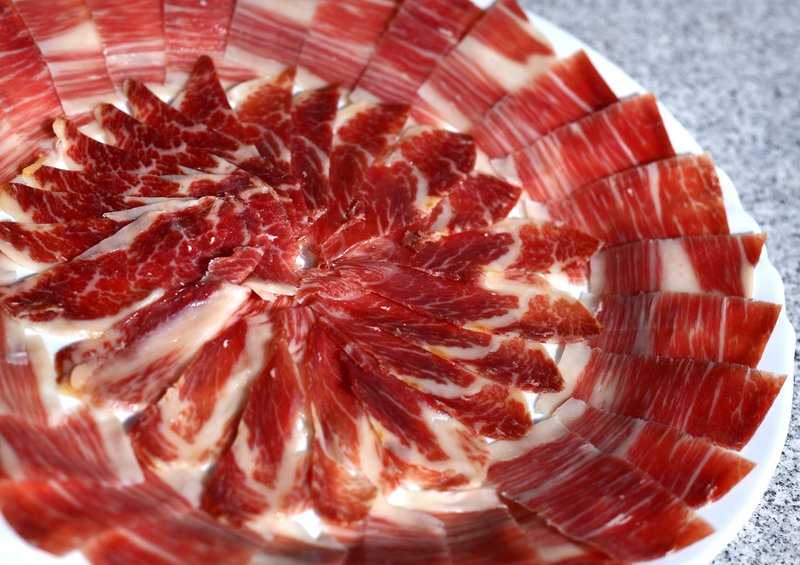
Remember that it is difficult to find a product that makes your taste buds explode like Iberian ham does. And when you take a bite, you won't be able to stop until the plate in front of you is empty.
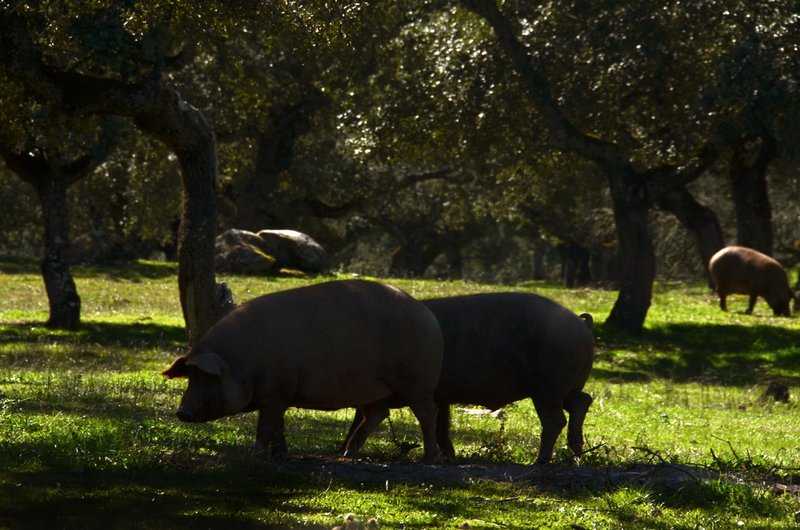
In Andalusia there are three Denominations of Origin hams. The acorn-fed ham from Huelva, the Trevélez ham and finally, the acorn-fed hamdenomination of origin from the Pedroches Valley, the latter being the most distinguished and recognised as the highest quality.

A delight for foreigners and locals. A delicious bite, which here in the south, couldn't be left out, and thanks to our meadows, landscapes and the know-how of our farmers, who, with great care, have perfected the production of our ham, our cured ham from Los Pedroches is said by gourmet experts to be the best ham in the world.
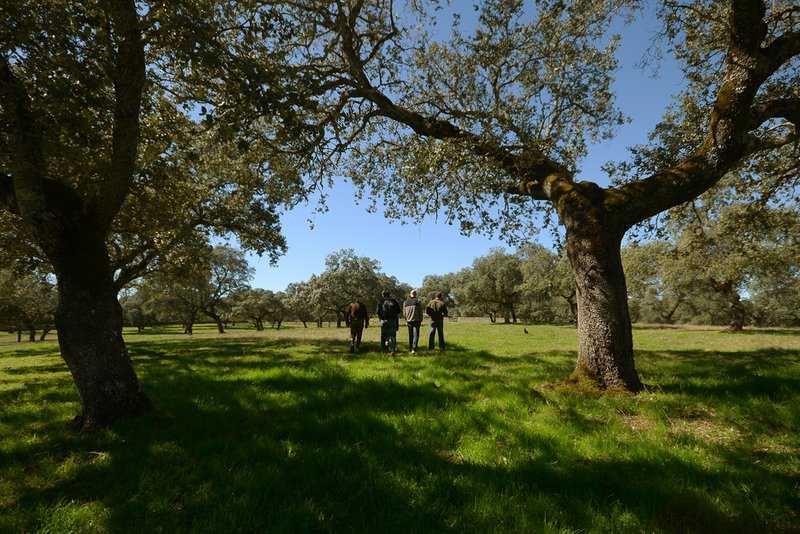
It is precisely there, in Los Pedroches Valley, Cordoba, where we are going today, to invite you to an experience in nature with JAMIVI, an Escribano family business , where, in addition to going and trying and buying one of the best hams from the Pedroches valley 100% hand cured, you can also discover the secrets of the world of ham with a guided tour of the meadow, the ham dryers and a spectacular tasting and ham slicing demonstration.
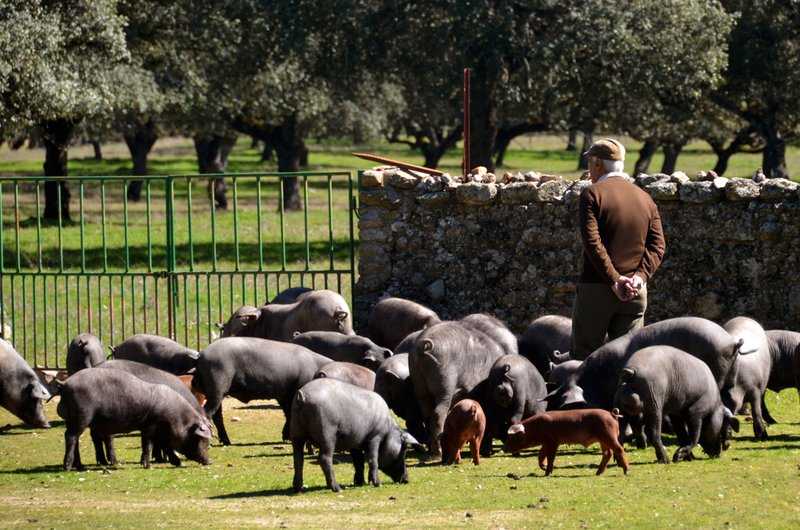
The meadow, the home of Iberian pork
The Arabs called them Fhas al ballut, which means "Valley of acorns” and it is precisely there, in the meadows, where we began our visit in a 4x4 through the immense meadows of holm-oak of Los Pedroches.
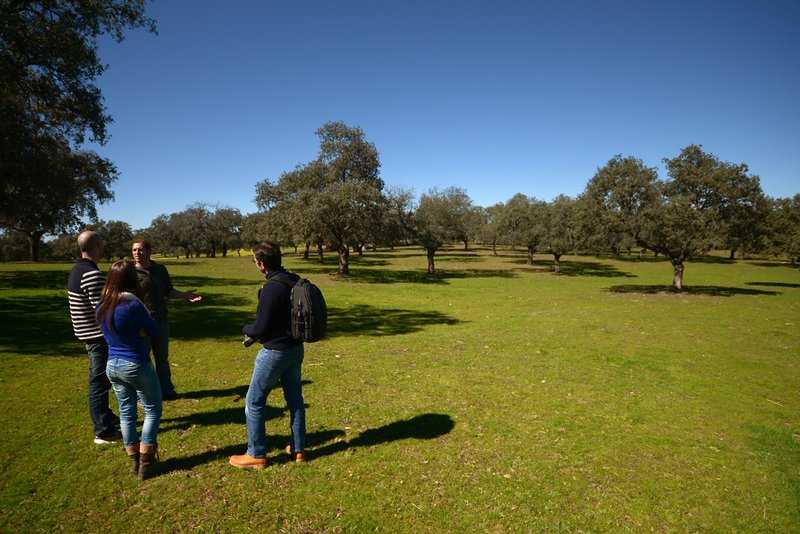
Look at the landscapes, a feast for the eyes if good ham not raised here, I don't know where it is.
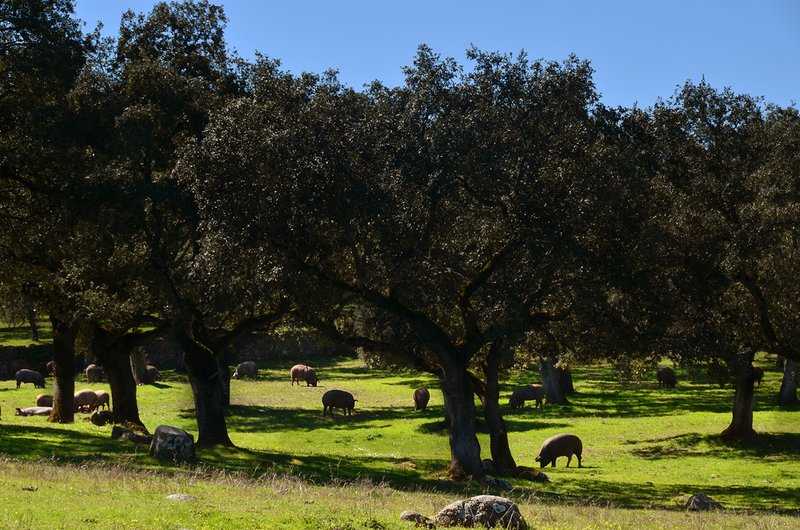
Throughout our route, we are continuously stunned by the very privileged surroundings we are in. Not a single noise, or building to ruin the landscape. Just meadow.
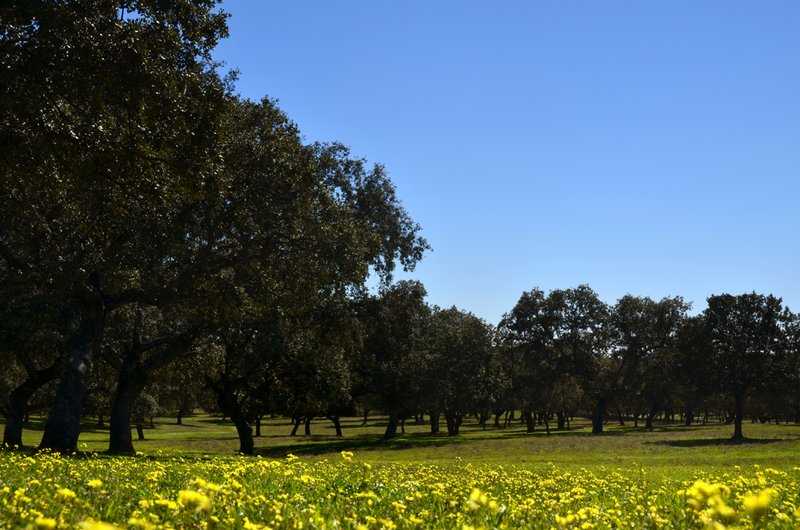
In the Valle de los Pedroches there are no less than 300,000 hectares of meadow, and is one of the largest in Spain and one of the best conserved areas in Europe, mainly thanks to the livestock that live there.

A huge scenery of tranquillity that is the key to the success of the Los Pedroches ham, and these meadows are the ideal habitat for Iberian pork, where they can roam and exercise freely, eating grass in Spring, left-overs of cereals in Summer and especially acorns, many acorns from the great holm oaks in Autumn and Winter, in the area known as bait mountain, after which the animals are sacrificed and sent to dryer.
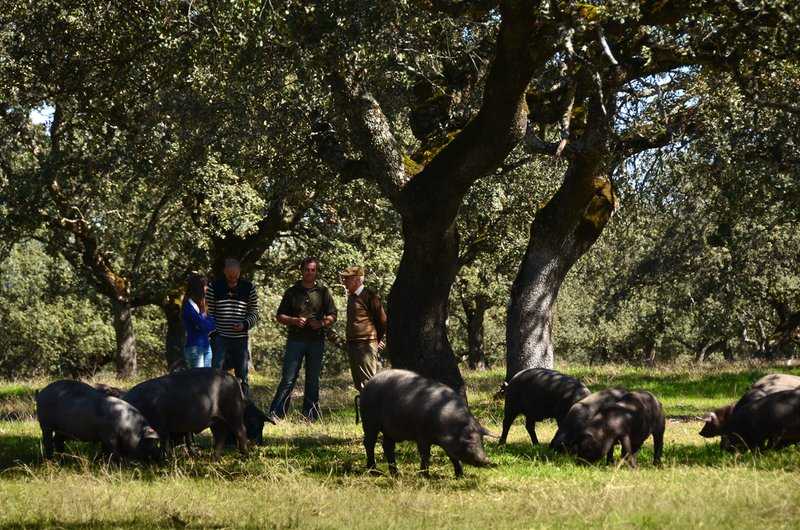
Why Los Pedroches ham?
Iberian pork is the only pork that can transform the acorn, peeling it with its mouth together with the grass that naturally grown in the meadows every Autumn, where they live in freedom, into a meat and fat that is impossible to obtain by other means.
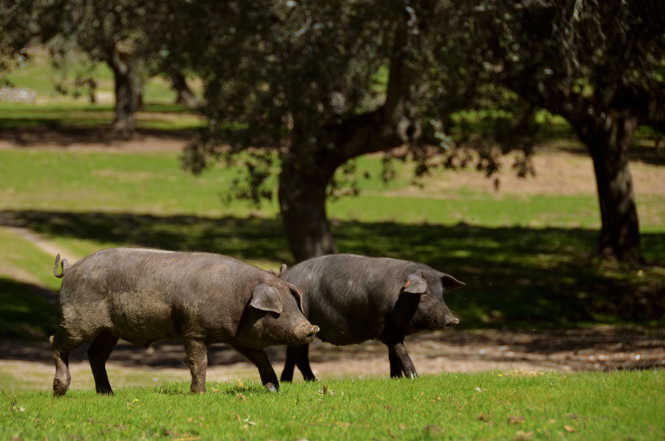
The Iberian pork from the Pedroches Valley mainly eats the acorns from the hundred year old oaks in the meadows, giving the Iberian ham and shoulders an unbeatable aroma, colour and flavour.
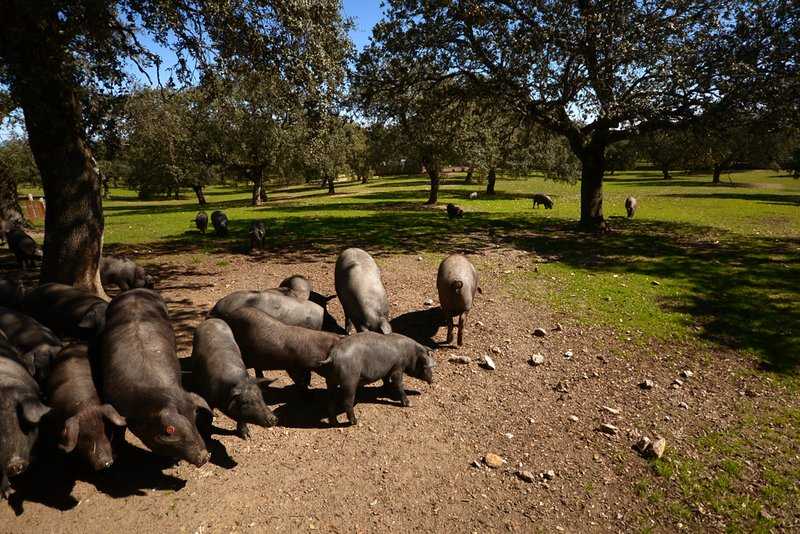
From the field to an Iberian ham slicing demonstration!
Following the visit to the meadows, it is time to learn the secrets of the ham in the dryers of the JAMIVI estate starting with the ham dryers, where the visitors can ask questions and are told interesting facts.
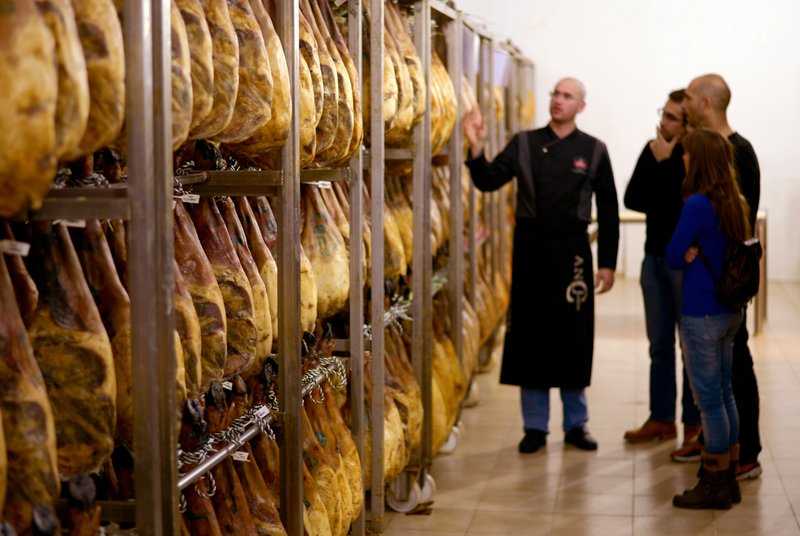
Later on, there is a masterly demonstration of slicingIberian ham where we are amazed by this marvellous work of art that can be eaten at any time.
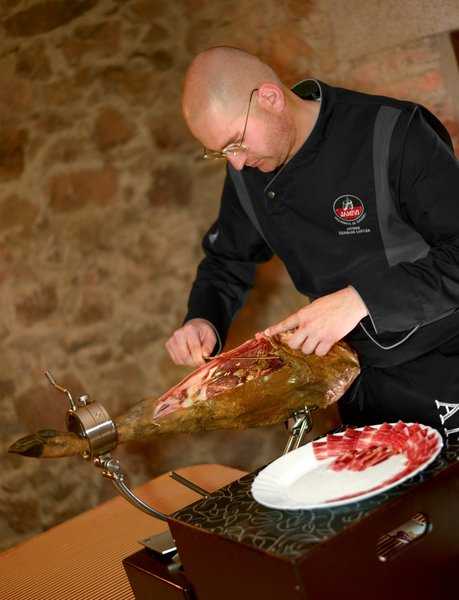
It could be 5 o'clock in the afternoon, or 8 or 3 o'clock in the morning, and I'm sure you would still fancy a bite, am I wrong?
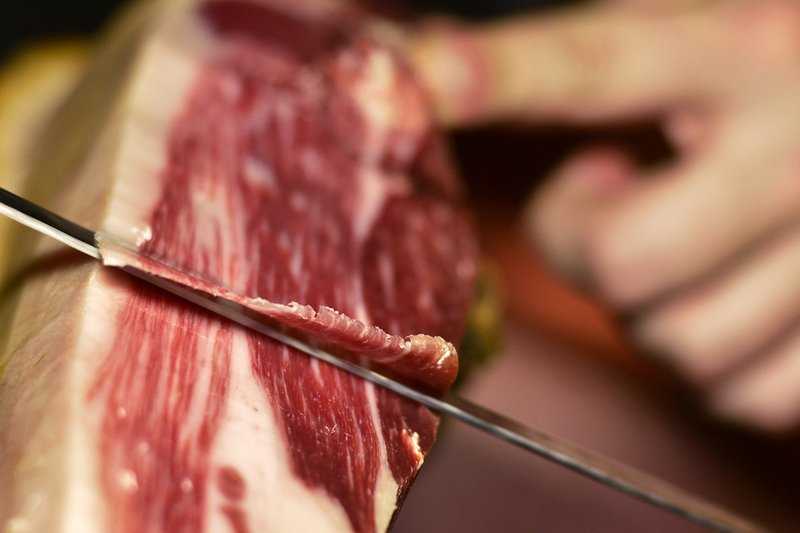
How to recognise and sample a good ham? Take notes!
To recognise a true Iberian, you first need to look at the leg. It should be thin and not exceed 7-8 kilos in weight.
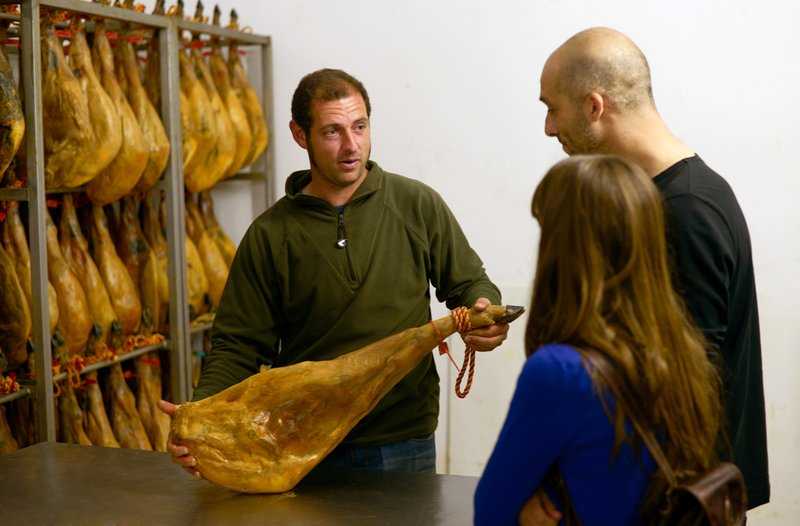
Then you need to let your senses work for you. We need to look at the fat, which should be soft, attractive and melt when touched. The colour must be between a purple red and a pale pink, intense, attractive, and stimulates both the eyes and the taste buds by just looking at it.
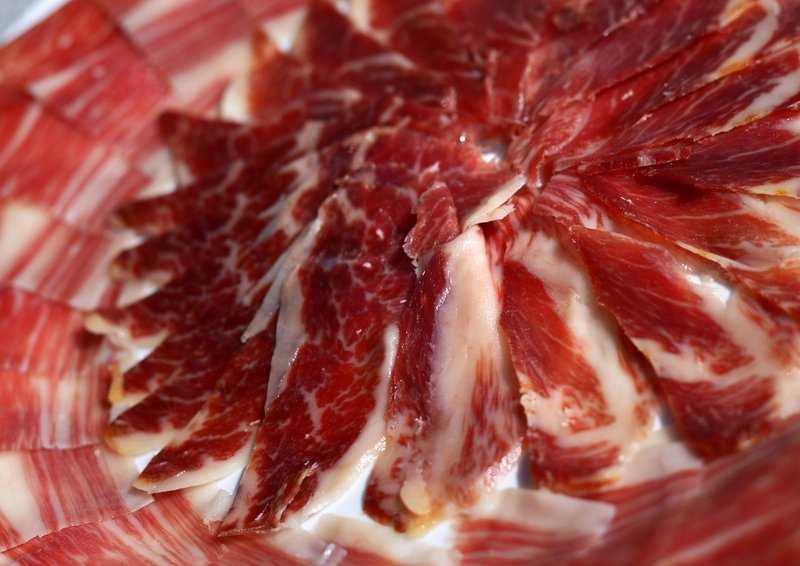
The ham must have a pleasant and intense smell, and to fully appreciate the aroma, we must unite our sense of taste, smell and palate. This is what is known as "flavour”. Which we will assess basedon: the intensity, the persistency of the aroma on the palate, the smoked aroma and the mellowness, and if these were excessive, it would be an "off" ham.
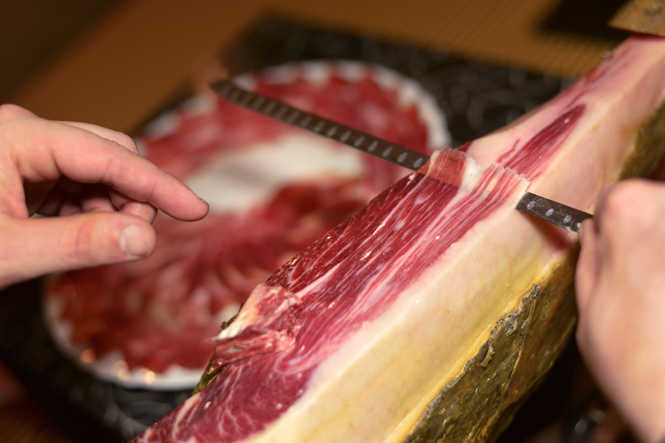
To the palate, the ham must not be too hard, dry or inconsistent. It must be tough enough for there be enough chewing time for the taste buds to find the sweet, salty and bitter tastes, and one must not reign over the others, it must be balanced and the intensity of the acorn can be fully appreciated in the throat.
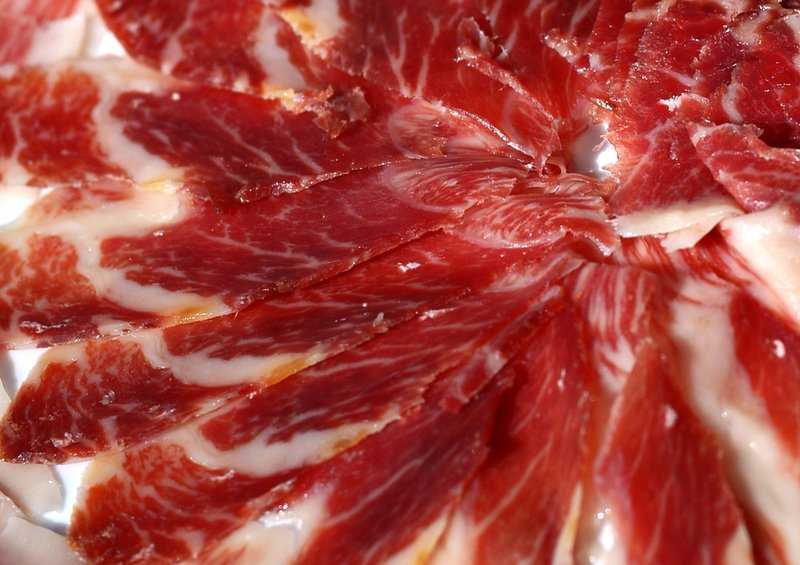
An end to a truly Iberian experience
After a day in the countryside amongst wonderful meadow holm-oaks, a visit to our fat pig friends, seeing how they live and breed and finally learning how to differentiate and choose their ham using our senses, its time to sit at the table and enjoy the Iberian pork cheeks, Iberian pork loin
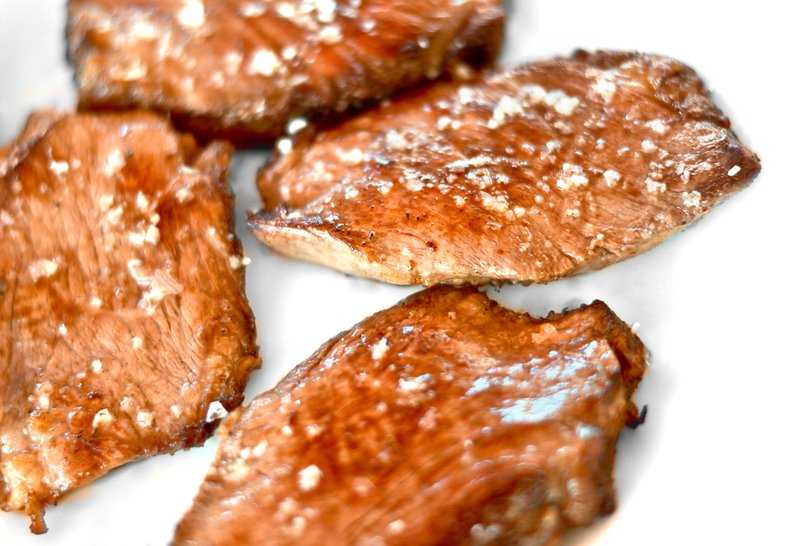
Some incredible Iberian pork chorizo tajadillas
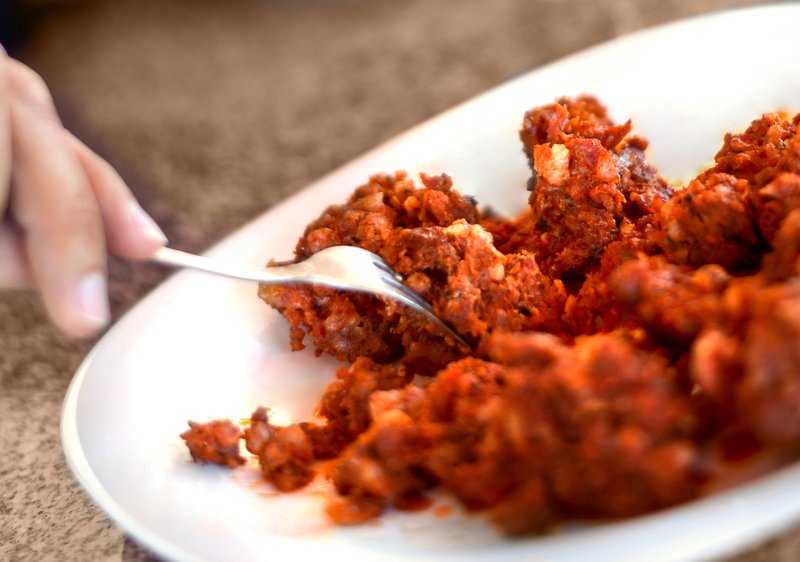
A wonderful Iberian pork stew
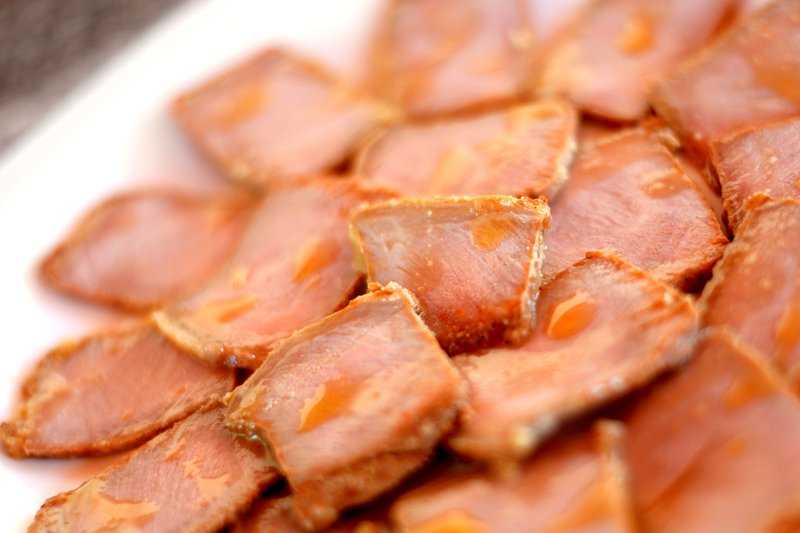
Or a delicious Manchego cheese accompanied by a local white wine, which, according to experts, is the best combination for ham.
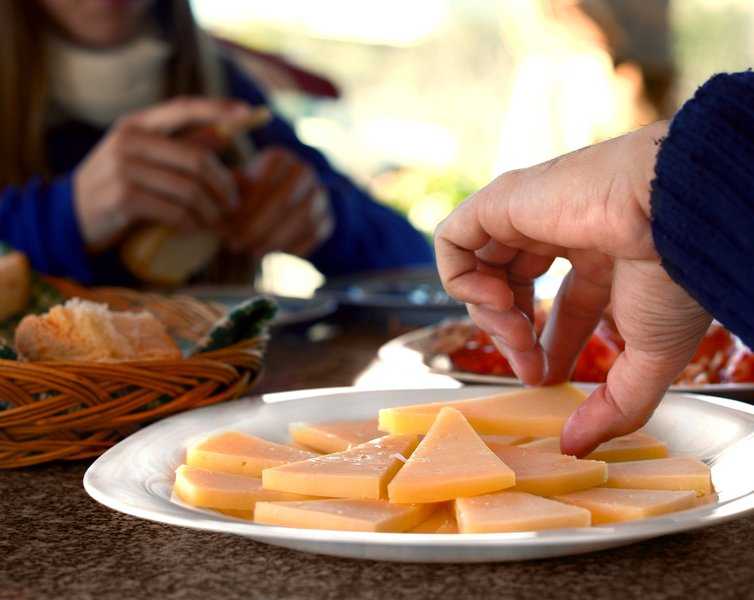
But of course, acorn-fed Iberian ham!

As you can see, a great ending with the best Iberian pork on the table overlooking one of the best views of the Pedroches Valley which we are sure you will want to repeat time and again, and not just for the taste of the ham from this area, but also for its landscapes.
